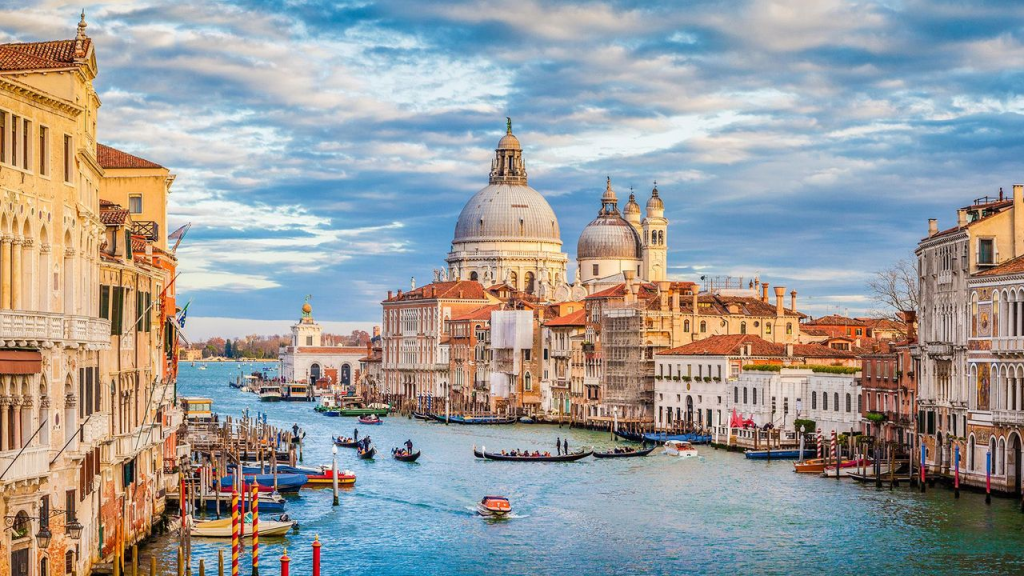For centuries, Venice has captivated travelers with its winding canals, Renaissance architecture, and timeless charm. But in recent years, the floating city has faced a more modern problem: overtourism. With an average of 30 million visitors each year many of them day-trippers the city has struggled to balance economic benefit with preservation.
In a bold and controversial move, Venice has now introduced a €5 entry fee for daily visitors, a policy designed to manage crowds and preserve its cultural and architectural heritage. The initiative, while still in its early stages, could serve as a test case for other global destinations grappling with similar challenges.
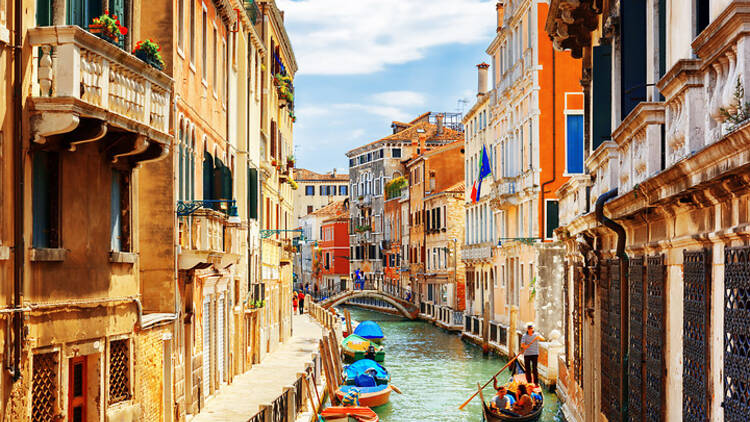
Why the Fee Was Introduced
The pressure of mass tourism has been weighing heavily on Venice for decades. During peak travel seasons, the city’s narrow alleys, water taxis, and public squares often become overcrowded. Local infrastructure gets pushed to its limits, residents are squeezed out of neighborhoods, and the very essence of Venetian life feels diluted.
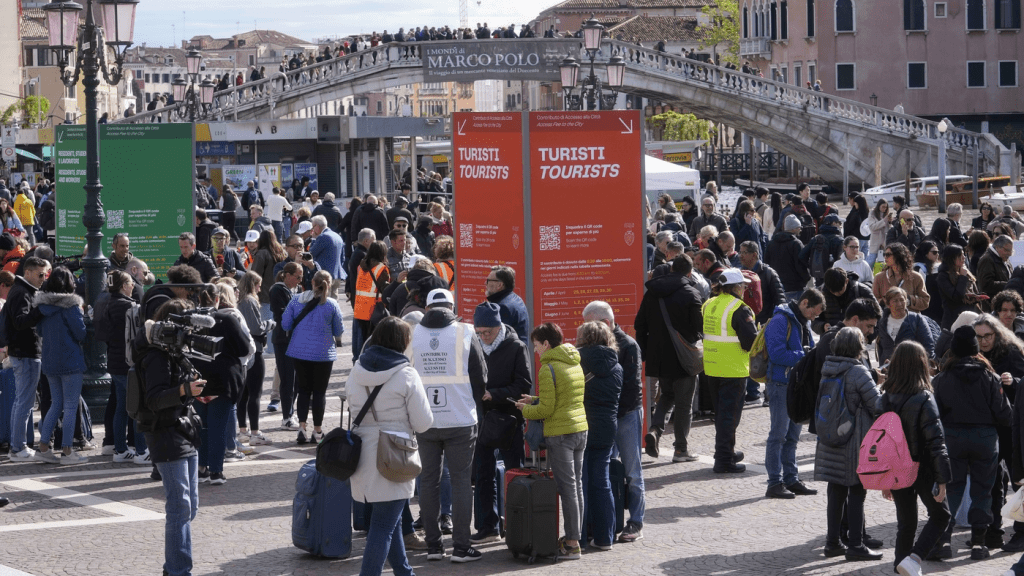
Unlike overnight tourists who tend to spend more and contribute to the local economy, day-trippers often flood the city for just a few hours, adding to congestion while offering minimal economic return. City officials argue that a small entry fee could help mitigate these issues by encouraging more responsible travel and generating much-needed revenue to support preservation projects.
Video:
Venice will charge tourists admission fee from 2024
How the System Works
The new rule applies specifically to day visitors entering Venice on designated high-traffic days. Overnight guests, residents, students, and commuters are exempt from the fee. Here’s how it works:
- Booking Required: Day tourists must register online before visiting the city.
- QR Code Access: Once registered, visitors receive a QR code, which must be scanned at designated entry points.
- Fee Amount: The standard fee is €5 per person.
- Enforcement: Random checks will be carried out, and visitors without valid registration may face fines of up to €300.
The process is designed to be simple and quick but with enough friction to discourage impulsive overcrowding on Venice’s busiest days.
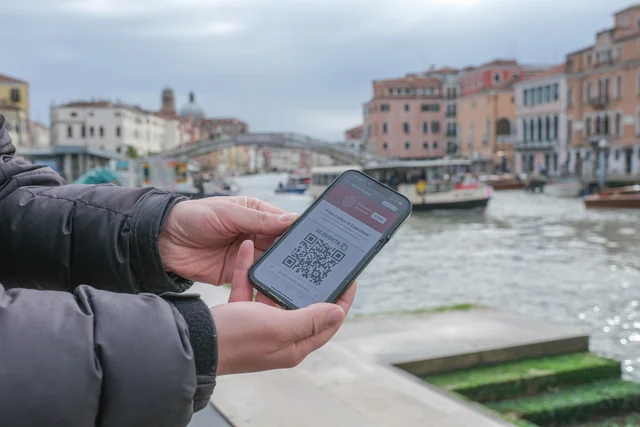
Mixed Reactions from Around the World
The response to the fee has been mixed. Many locals and city officials support the move, arguing that it’s long overdue and necessary to protect the soul of the city. They hope the policy will reduce strain on services and give Venetians more breathing room in their own neighborhoods.
On the other hand, critics call it a “tourism tax” that creates barriers and could harm the city’s image as an open, welcoming destination. Some argue that it may not significantly reduce crowd sizes and could simply shift tourist traffic to other parts of the year.
Still, the measure has sparked international interest. As cities like Barcelona, Dubrovnik, and Amsterdam also face mounting tourism pressure, many are watching Venice closely to see whether the fee will prove effective.
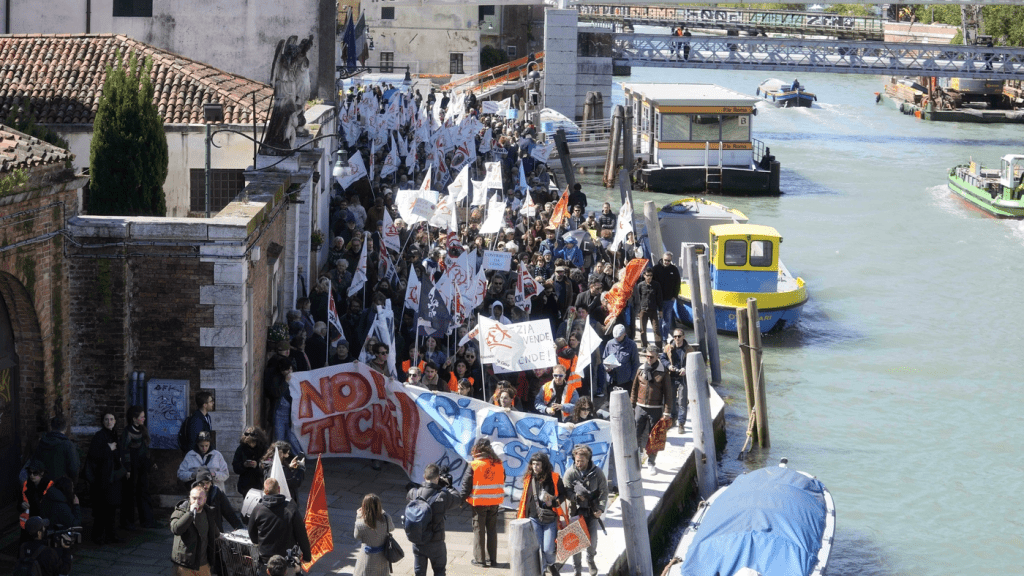
More Than Just a Fee: A Cultural Shift
Venice’s entry fee isn’t just about money it’s about redefining the relationship between travelers and the places they visit. By introducing this system, the city is asking tourists to pause and consider their impact. It’s a shift away from unchecked mass tourism toward a model that prioritizes sustainability, accountability, and respect.
Video:
VENICE, ITALY (2024) | 10 Best Things To Do In Venice (Including hidden gems & travel tips)
The hope is that travelers who are willing to register and pay even a small amount are more likely to be thoughtful, engaged visitors who genuinely value the culture and history of the place they’re exploring.
Looking Ahead: What This Means for Global Tourism
If Venice succeeds in controlling crowds and improving the quality of life for its residents, other cities might follow suit. This €5 fee could pave the way for a future where travel is more intentional less about ticking destinations off a list and more about meaningful experiences that don’t come at the cost of local communities.
Of course, for this system to work long-term, it will need to be refined. Technology must be accessible. Fees must remain fair. And communication with visitors must be clear and welcoming. But as the first major city to roll out this kind of initiative, Venice is leading the conversation.
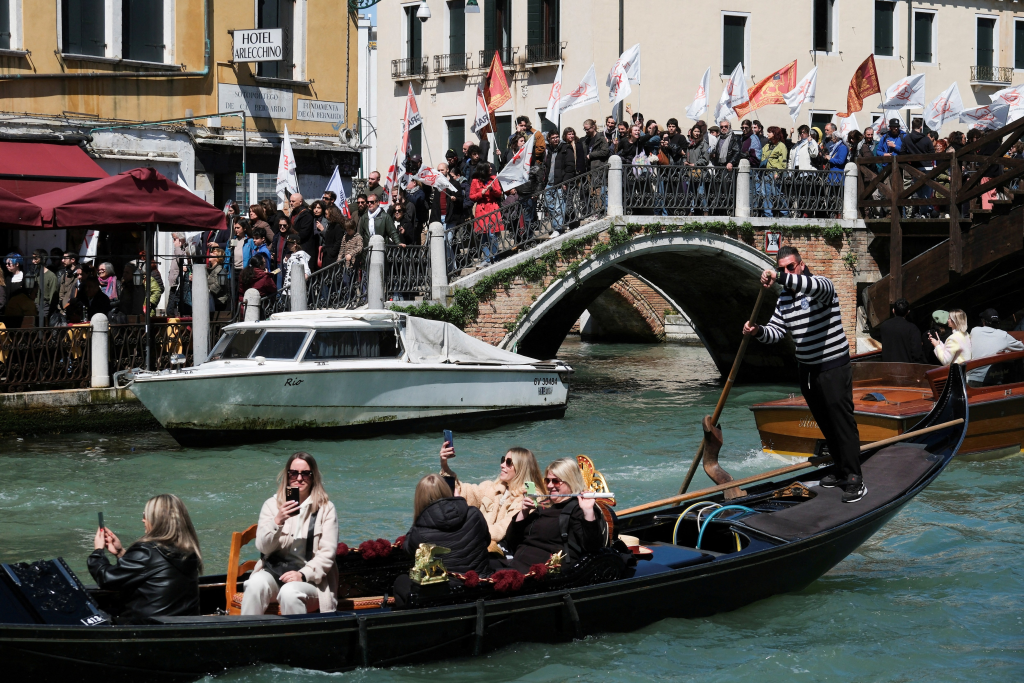
Conclusion
Venice’s €5 day-visitor fee might seem like a small change, but it represents a major shift in how cities are beginning to manage tourism. In a world where iconic destinations are under increasing pressure, Venice is taking a stand not to push visitors away, but to preserve the magic that draws them there in the first place.
Whether you’re planning a trip to Venice or watching from afar, this move marks the beginning of a new chapter where responsible tourism isn’t just encouraged, it’s expected. And perhaps that’s the step the world needs to ensure our most beautiful places endure for generations to come.
